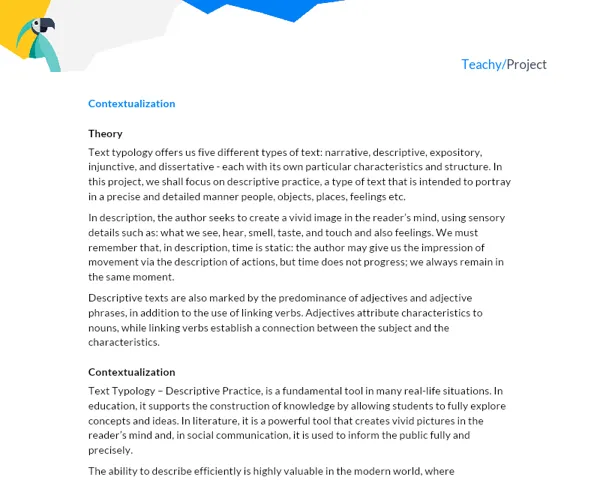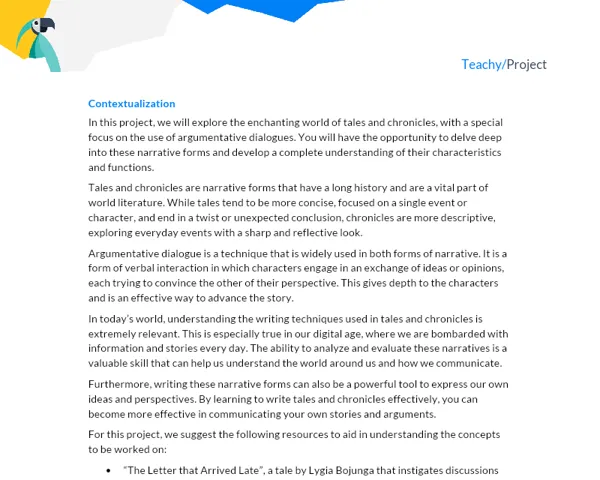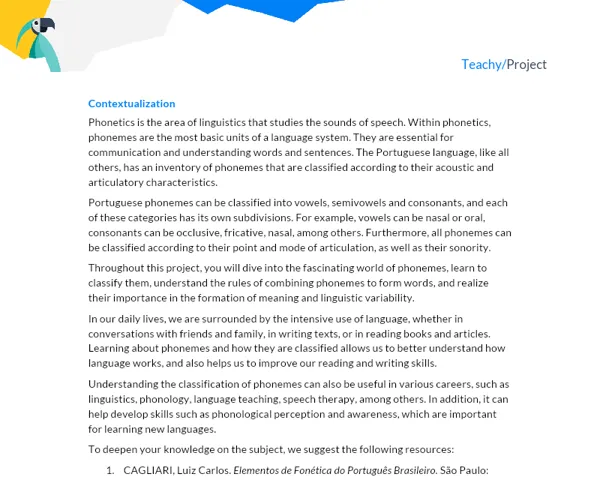Contextualization
Appositive is a term that is associated with another as its equivalent, providing us with a more detailed representation of the idea. It is a kind of explanation or specification that appears within the sentence to elucidate a term that precedes it. This link can be established by a comma, a colon, or even a dash. Because it is an explanatory term, the appositive can be omitted from the sentence without affecting its main meaning.
In the field of Grammar, the appositive is categorized as an accessory term of the sentence. It represents a subject that is often overlooked but reveals itself to be extremely important for the correct understanding and interpretation of texts. Appositives, as elucidators, add meaning to the text and are often used as a stylistic resource by writers and poets.
In our daily lives, we use the appositive without even realizing it. It can be when we are writing an email, a school essay, a letter, or even when we are speaking. Therefore, it is crucial to understand how this element of our language works. And that's exactly what you will do in this project. This knowledge will be especially useful when you are taking college entrance exams and the ENEM, as many text interpretation questions can be more easily solved when one understands the role of grammatical elements in constructing the meaning of the text.
Practical Activity
Title: Appositive, the Informative Addition
Project Objective
This project aims to provide students with a broad and detailed understanding of the appositive in the Portuguese language, promoting the ability to identify, classify, and effectively use this grammatical resource.
The project also encourages collaboration and interaction among students: debating ideas, solving problems together, and sharing discoveries enhances the communication and cooperation skills of each individual.
Detailed Project Description
Groups should initially study and discuss the recommended resources, expanding each member's understanding of the appositive. After this stage, students should find examples of appositives in different contexts: books, newspaper articles, web pages, medicine leaflets, song lyrics, etc. This search for practical examples will serve to illustrate the theory studied.
Next, each group should create a presentation that includes both a theoretical explanation of the appositive and the demonstration of the collected examples. It is also important for students to present, in a fun and creative way, the relevance of the appositive in the context in which it was found, justifying its use.
The next step is to create a short story or narrative that makes intensive use of appositives. This story will not only help reinforce the understanding of the concept but also encourage creativity and writing skills.
Finally, students should prepare a written document (project report) covering the following topics:
- Introduction: Present the theme of the appositive, its relevance and application in the real world, and the project's objective.
- Development: Explain the theory of the appositive, detail the activity carried out, the methodology used, and present the results obtained.
- Conclusions: Summarize the main points of the work, highlight what was learned during the project, and draw conclusions about the experience.
- Bibliography: List the references used to carry out the project.
Remember, this project lasts for one month, and each student should invest between five to ten hours in developing the proposed activities.



